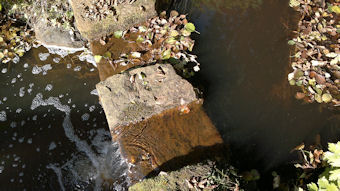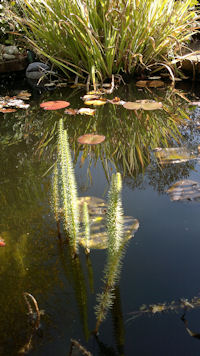Review: Nokia C7 review, part 1: First Impressions
Two weeks on from availability of the Nokia N8, its sleeker, smaller and cheaper sister device, the C7, appears in retail packaging - and I've been putting it through its paces. Rather than diving into a full, exhaustive review part (we're still wading through N8 material), I've opted to bring you my first impressions, based on a few days with the C7, and tentatively suggest that, camera aside, with its appealing design, removable battery and slimmer form factor, it's possibly the better device of the two. Read on...
The C7 is Nokia's second Symbian^3 handset to hit the market. As with the N8, the new software platform and the new hardware family that goes with it represent a large step up from Nokia's previous smartphones. More RAM, more processing power, a better screen, multiple hardware innovations, a sleeker design and a refreshed Symbian platform all add up to improved performance and a better user experience.
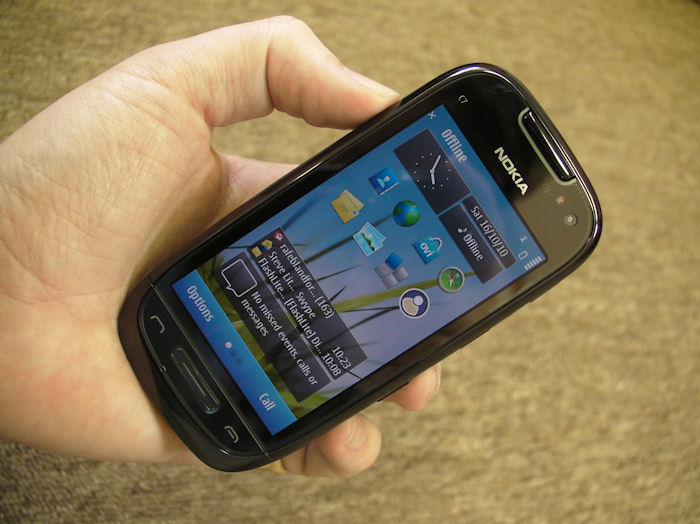
The overall design of the C7 is surprisingly sleek in person, more so than images of the device might suggest. The relatively small bezel and Nokia's screen aspect ratio (16:9) make it narrower that many other devices with a 3.5 inch touchscreen, which is great for one handed usage and also makes the device feel less bulky in the pocket. The C7 is 10.5 mm thick, which compares to 12.9 mm for the N8, 13.8 mm for the X6 and 15.9 mm for the N97. These may seem like small differences, but, at this scale, it has a real impact.
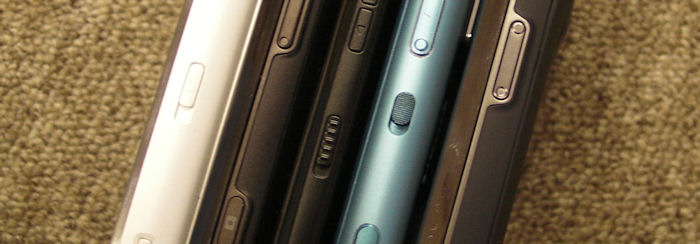
Left to right: X6, N97, C7, N8, N97 mini
The level of miniaturisation in all modern smartphones is impressive, but the C7 really brings this home. Take off the back cover and remove the battery and you wonder where everything fits in. You might also note a good example of the attention to detail that has gone into the design of the C7: both the labelling and functioning of the SIM card and microSD slots (think back to the horror that was the 5800 for a worst case scenario).
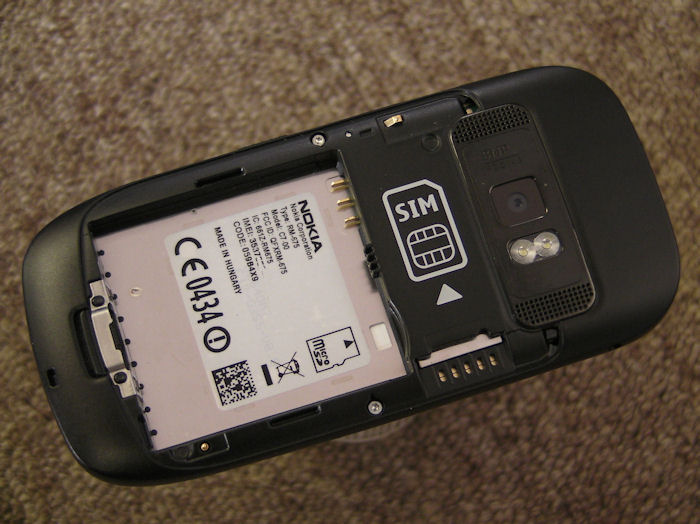
The rounded edges and warm materials give it a softer feel than we've seen in many recent Nokia smartphones; I would expect the C7's design to have a much broader appeal than some of its blocky predecessors (5800, X6). The C7 has truly outstanding build quality. It feels as solid as the unibody designs seen in a number of high end devices. Despite its traditional construction method, there are no untoward squeaks or creaks. It very much reminds me of the Nokia E71, which set something of a benchmark in this department.
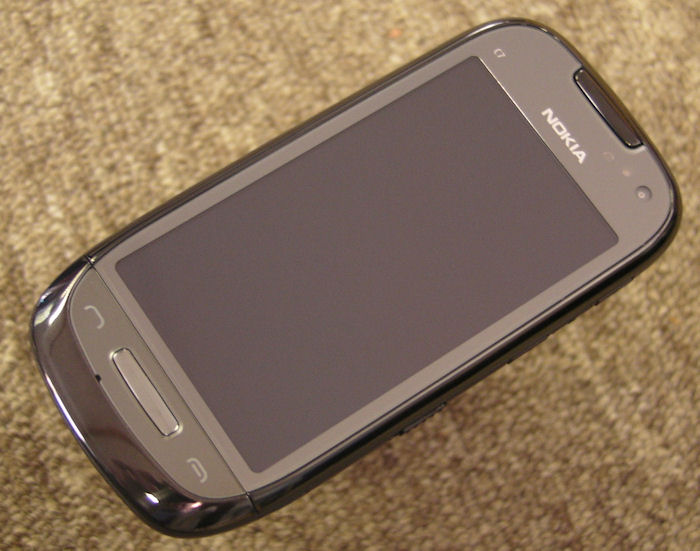
As the first two Symbian^3 devices, the C7 and N8 are inevitably going to be compared against one another. While this is a useful exercise, it is important to remember that these devices have different market positioning - they are aimed at different groups of consumers. The N8 is the flagship Symbian device for Nokia, with its superb camera being the standout feature. The C7 is the more affordable option, will be seen as something of an all rounder and offers a more phone-first philosophy.
In hardware terms, there are more similarities between the N8 and C7 than there are differences. They run on the same hardware family, so have the same core features: processor, graphics co-processor and RAM are the same. They share the same superb connectivity features: pentaband 3G, b/g/n WiFi and Bluetooth 3.0. They both have a 3.5 inch second generation (anti-reflective) AMOLED screen. This hardware commonality, which extends across Nokia's Symbian^3 range, is great news for developers. It also makes the two cheaper devices, the C7 and the C6-01, outstanding value for money.
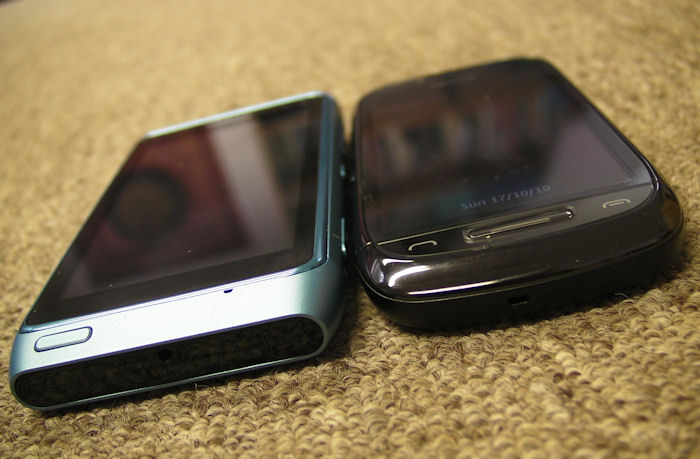
The biggest difference between the two is the camera module, the C7 has an eight megapixel EDoF camera with dual LED flash, rather than the N8's best-in-class camera. The C7 is never going to to measure up to the N8's camera, but it is still capable of producing very decent look shots and is HD video capable. Nor does the C7 have a HDMI out port, though you can use a TV-out cable (cable not included in the box) via the 3.5 mm AV port. Other differences include the onboard flash memory; the C7 has 8GB, versus 16GB for the N8. By contrast the C7 has a bigger C: drive (350 MB free, compared to 150 MB). However, neither of these memory differences is that big a deal given both devices have a microSD card slot.
With the exceptions outlined above, there are no major specification differences, but there are some important design differences. These include the user replaceable battery (and the microSD card slot found under it), the physical send and end keys, and a slimmer overall profile. Also notable is the C7's sparser in-box contents. The USB connectivity cable is shorter and there's no Nokia Adapter Cable for USB OTG (CA-157). The C7 is USB OTG capable, but those wanting to connect USB devices such as memory sticks, mice, keyboard or hard drives will need to pick up an adaptor cable as an additional expense (around £10).
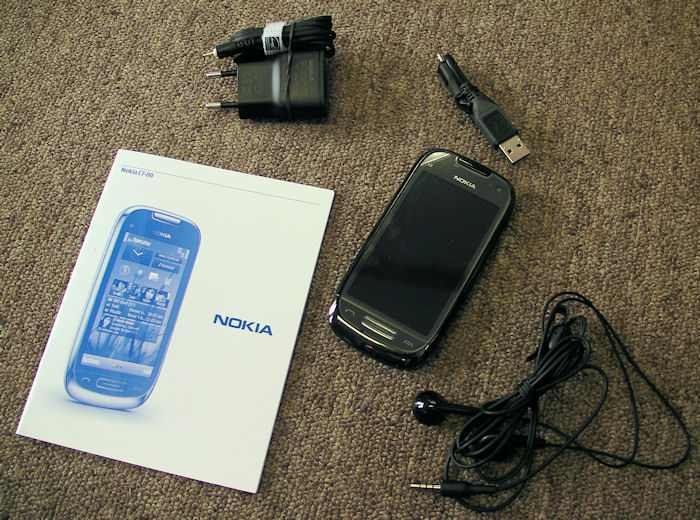
Finally there's the price. In the Nokia UK online store the devices are priced at £389 (C7) and £429 (N8); the typical online retail prices are around £330 and £400. Over time I'd expect a roughly 20% price difference to be maintained between the two products. It should mean that the C7 is available on lower monthly contracts than the N8, perhaps starting at around £20 or £25 per month.
With the move to Symbian^3, Nokia says that it will be maintaining a common software platform for Symbian. This means you will see the same software running on all of Nokia's Symbian^3 devices. This contrasts with an approach, which reached its zenith a few years ago, of having different software for each family of devices (e.g. the Nseries-only camera application). What this means for the C7 is that it runs the same software as that found on the Nokia N8 and the same will also be true for the upcoming C6-01 and E7-00.
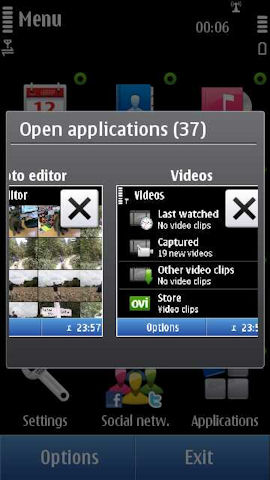
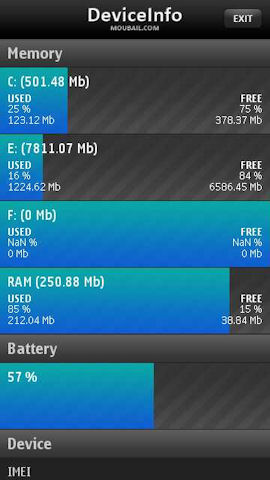
Symbian^3 multi-tasking in action - running all the standard applications (37) at the same time - with 38MB of RAM still free
In general, what we've said about the software in the first four parts (part 1, part 2, part 3, part 4) of our N8 review can also be applied to the C7. However, there are some small differences. These include obvious differences like the bundling of third party software (our C7 has F-Secure, World Traveler, Climate Mission and Ovi Maps Challenge), but can also include more subtle variation, such as different homescreen and icon layouts. Less obvious are small tweaks to the settings. The default font size on the C7 is marginally smaller than that of the N8. This is more obvious in some places than others and only some applications show additional information on screen as a result, but I do think the C7, when compared to the N8, has the better size.
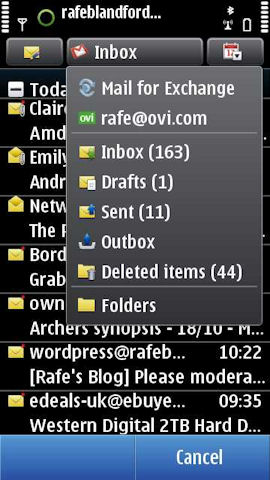
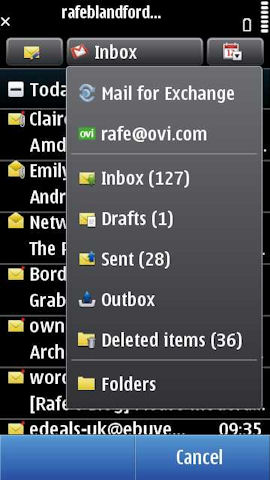
Nokia C7 default font size versus N8 default font size
Similarly, the default text input setting for text correction mode is set to 'Show suggestion' rather than 'Show entered word'. This means that, from the very start, words are auto-corrected as you go, without user intervention, and generally results in faster text entry. Clearly you can change this setting on the N8, but I wonder how many people will actually do so. The C7's haptic feedback, from the vibra hardware, also feels different, giving a more realistic key up and key down impression. Both of these factors combine to give the impression that the C7 has better text entry, out of the box, than the N8.
Camera first samples
We'll be looking at the C7's EDoF camera in more detail in a later review, but we've included some sample shots below (6MP widescreen images). It should be noted that nearly all of these were taken in less than optimal conditions. In general EDoF camera produce more artificial shots than auto-focus cameras, and this may upset imaging purists, but the 'grab and go' nature of EDoF (no need to focus) will often result in a better images for the average user.
Concluding thoughts
The C7 looks set to be largely overshadowed by the N8, especially in the technology media. This is a real shame because I think, based on my first impressions, that it is one of the best Nokia devices of the last five years. A combination of excellent design, attention to detail and potential of the Symbian^3 platform make this a very competitive smartphone. Looking at competing devices in this price category, the C7 more than holds its own in most areas and is ahead in others.
For those looking at both the N8 and C7 as potential purchases, the question you need to ask yourself is: do I need the N8's camera? If the answer is no, then buy the C7. Indeed I'd go far as to say that, if you take the camera out of the equation, the C7 has a number of advantages that make it a better device than the N8.
We'll be looking at the C7 in more detail in a series of in-depth reviews. If you have got any questions or comments about the C7, or review areas you would like covered, please leave a comment below, or contact us via email.
Rafe Blandford, AAS, 20 October 2010
The Nokia C7 is currently available for pre-order through the Nokia UK online shop at a price of £389. Orders will ship on the 25th of October and the shop has a one week UK exclusive. The C7 will be available through other channels from the 31st October.
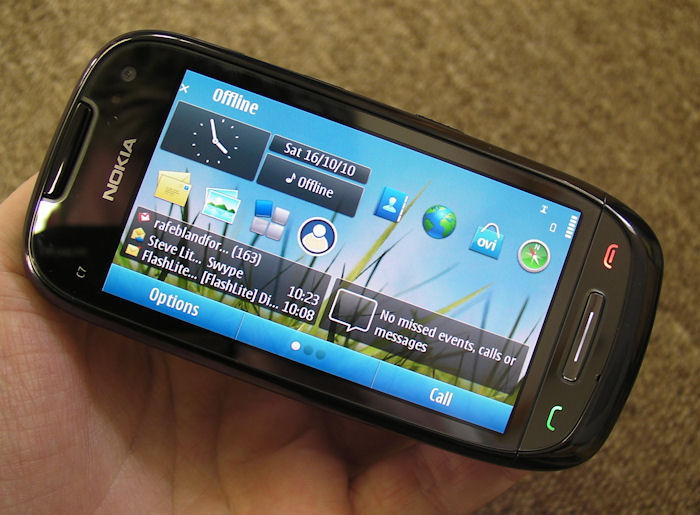
Reviewed by Rafe Blandford at


